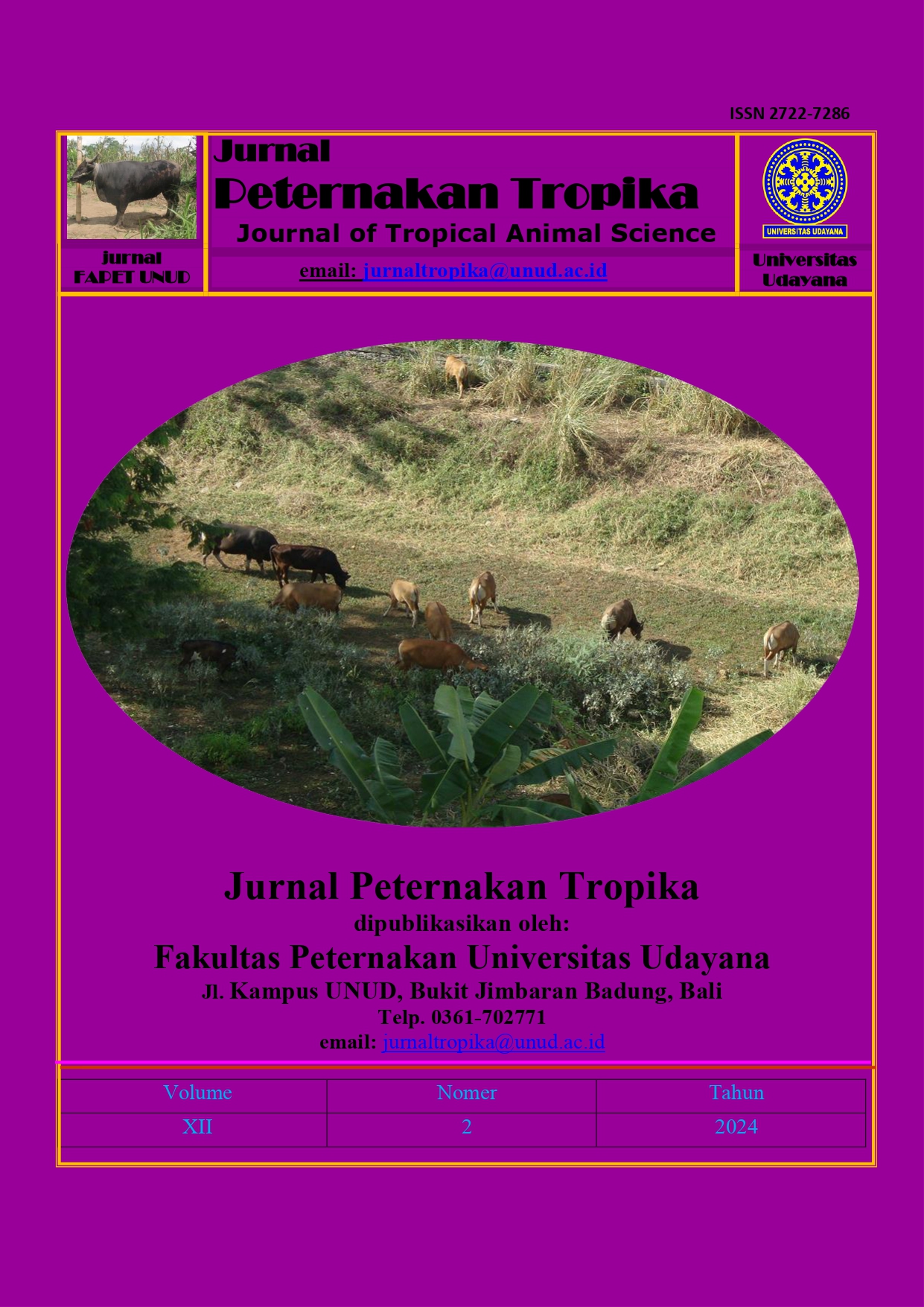STRATEGY OF MARKETING MERTA HONEY PRODUCT IN PEMPATAN VILLAGE, KARANGASEM, BALI
Abstract
This study aims to analyze the factors that influence marketing, determine business position, and determine the marketing strategy of the Madu Merta Social Forestry Business Group (KUPS). This research was conducted in Pempatan Village, Karangasem Regency, Bali Province using a survey method. This research lasted for one month using 98 consumer respondents, 13 breeder/cultivator respondents, and 3 expert respondents. Farmer respondents were determined using the purposive sampling method by deliberately selecting one of the Madu Merta KUPS members. Consumer respondents were taken based on honey consumer information obtained from the results of the questionnaire. Expert respondents were determined using purposive sampling method. The analyzes used in this study are 1) IFE and EFE analysis; 2) IE analysis; 3) SWOT analysis. The results of the IFE-EFE analysis of this study show that the natural honey produced has good health benefits (major strength), while not using proper packaging (major weakness), the demand for Merta Honey products is high (major opportunity), honey production is very dependent with the availability of feed in the forest (the main threat). This study shows that the position of the Merta Honey product in Pempatan Village, Karangasem, Bali is in cell V (maintain and maintain) in the IE matrix with an IFE value of 2.92 and an EFE value of 2.66.






